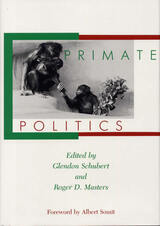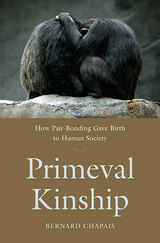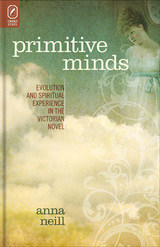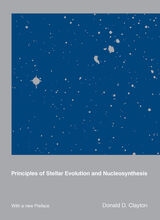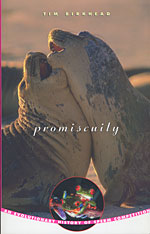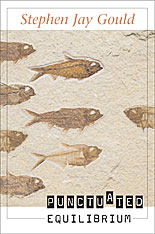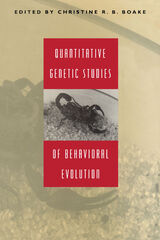Getting at the Author: Reimagining Books and Reading in the Age of American Realism
University of Massachusetts Press, 2009
Paper: 978-1-55849-764-1
See other books on: American Realism | Author | Getting at | Hochman, Barbara | Reading
See other titles from University of Massachusetts Press
Paper: 978-1-55849-764-1
ABOUT THIS BOOK | AUTHOR BIOGRAPHY | REVIEWS
ABOUT THIS BOOK
Throughout the nineteenth century, American readers and reviewers assumed that a book revealed its author's individuality, that the experience of reading was a kind of conversation with the writer. Yet as Barbara Hochman shows in this illuminating study, the emergence of literary realism at the turn of the century called such assumptions into question. The realist aesthetic of narrative "objectivity" challenged the notion that a literary text reflects its author's personality.
But reading practices were slow to change; many resisted the effort to reconceptualize the relationship among writers, readers, and books. Even the most consistent advocates of "impartial" narration found it difficult to imagine a book without an author or to dissociate the experience of reading from the idea of a reciprocal human transaction.
In analyzing the battle over realism and the gradual shift in conventional reading practices, Hochman draws on a rich array of sources, including popular works, advertisements, and letters. She combines traditional modes of literary inquiry with methods adapted from the new historicism, cultural studies, and book history. By elucidating the realists' ambivalence about their own aesthetic criteria, she shows how a late nineteenth century conflict about reading practices reflected pressing tensions in American culture, and how that conflict shaped criteria of literary value for most of the twentieth century.
But reading practices were slow to change; many resisted the effort to reconceptualize the relationship among writers, readers, and books. Even the most consistent advocates of "impartial" narration found it difficult to imagine a book without an author or to dissociate the experience of reading from the idea of a reciprocal human transaction.
In analyzing the battle over realism and the gradual shift in conventional reading practices, Hochman draws on a rich array of sources, including popular works, advertisements, and letters. She combines traditional modes of literary inquiry with methods adapted from the new historicism, cultural studies, and book history. By elucidating the realists' ambivalence about their own aesthetic criteria, she shows how a late nineteenth century conflict about reading practices reflected pressing tensions in American culture, and how that conflict shaped criteria of literary value for most of the twentieth century.
See other books on: American Realism | Author | Getting at | Hochman, Barbara | Reading
See other titles from University of Massachusetts Press

